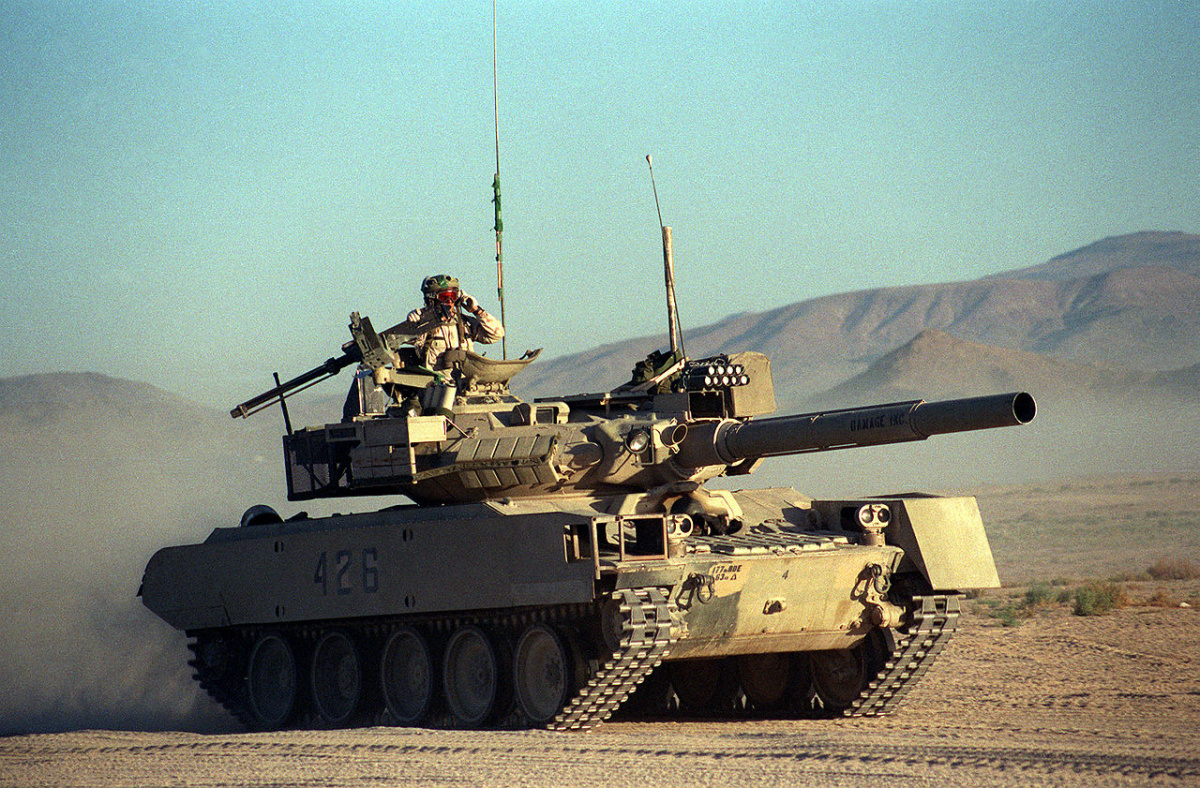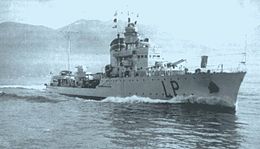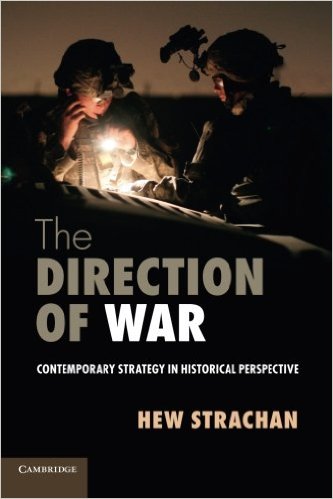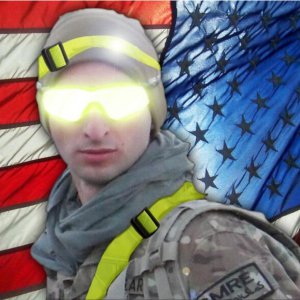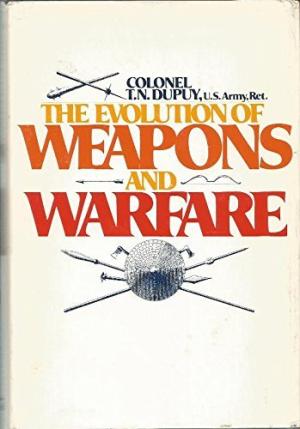 There appears to be renewed interest in U.S. Army circles in Trevor Dupuy’s theory of a historical relationship between increasing weapon lethality, declining casualty rates, and greater dispersion on the battlefield. A recent article by Army officer and strategist Aaron Bazin, “Seven Charts That Help Explain American War” at The Strategy Bridge, used a composite version of two of Dupuy’s charts to explain the American military’s attraction to technology. (The graphic in Bazin’s article originated in a 2009 Australian Army doctrinal white paper, “Army’s Future Land Operating Concept,” which evidently did not cite Dupuy as the original source for the charts or the associated concepts.)
There appears to be renewed interest in U.S. Army circles in Trevor Dupuy’s theory of a historical relationship between increasing weapon lethality, declining casualty rates, and greater dispersion on the battlefield. A recent article by Army officer and strategist Aaron Bazin, “Seven Charts That Help Explain American War” at The Strategy Bridge, used a composite version of two of Dupuy’s charts to explain the American military’s attraction to technology. (The graphic in Bazin’s article originated in a 2009 Australian Army doctrinal white paper, “Army’s Future Land Operating Concept,” which evidently did not cite Dupuy as the original source for the charts or the associated concepts.)
John McRea, like Bazin a U.S. Army officer, and a founding member of The Military Writer’s Guild, reposted Dupuy’s graphic in a blog post entitled “Outrageous Fortune: Spears and Arrows,” examining tactical and economic considerations in the use of asymmetrical technologies in warfare.
Dr. Conrad Crane, Chief of Historical Services for the U.S. Army Heritage and Education Center at the Army War College, also referenced Dupuy’s concepts in his look at human performance requirements, “The Future Soldier: Alone in a Crowd,” at War on the Rocks.
Dupuy originally developed his theory based on research and analysis undertaken by the Historical Evaluation and Research Organization (HERO) in 1964, for a study he directed, “Historical Trends Related to Weapon Lethality.” (Annex I, Annex II, Annex III). HERO had been contracted by the Advanced Tactics Project (AVTAC) of the U.S. Army Combat Developments Command, to provide unclassified support for Project OREGON TRAIL, a series of 45 classified studies of tactical nuclear weapons, tactics, and organization, which took 18 months to complete.
AVTAC asked HERO “to identify and analyze critical relationships and the cause-effect aspects of major advances in the lethality of weapons and associated changes in tactics and organization” from the Roman Era to the present. HERO’s study itself was a group project, incorporating 58 case studies from 21 authors, including such scholars as Gunther E. Rothenberg, Samuel P. Huntington, S.L.A. Marshall, R. Ernest Dupuy, Grace P. Hayes, Louis Morton, Peter Paret, Stefan T. Possony, and Theodore Ropp.
Dupuy synthesized and analyzed these case studies for the HERO study’s final report. He described what he was seeking to establish in his 1979 book, Numbers, Predictions and War: Using History to Evaluate Combat Factors and Predict the Outcome of Battles.
If the numbers of military history mean anything, it appears self-evident that there must be some kind of relationship between the quantities of weapons employed by opposing forces in combat, and the number of casualties suffered by each side. It also seems fairly obvious that some weapons are likely to cause more casualties than others, and that the effectiveness of weapons will depend upon their ability to reach their targets. So it becomes clear that the relationship of weapons to casualties is not quite the simple matter of comparing numbers to numbers. To compare weapons to casualties it is necessary to know not only the numbers of weapons, but also how many there are of each different type, and how effective or lethal each of these is.
The historical relationship between lethality, casualties, and dispersion that Dupuy deduced in this study provided the basis for his subsequent quest to establish an empirically-based, overarching theory of combat, which he articulated through his Quantified Judgement Model. Dupuy refined and updated the analysis from the 1964 HERO study in his 1980 book, The Evolution of Weapons and Warfare.

